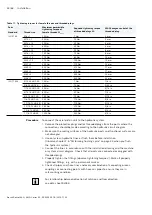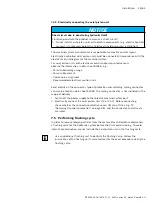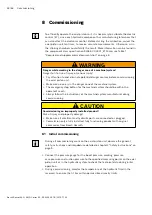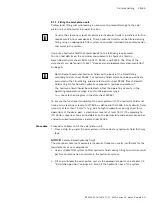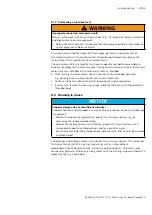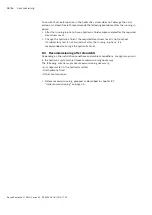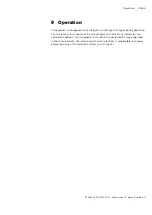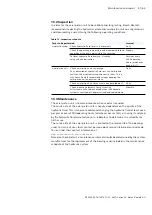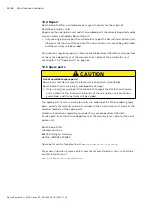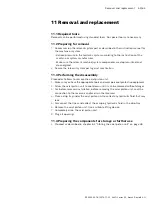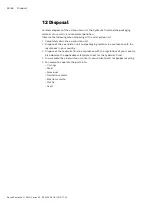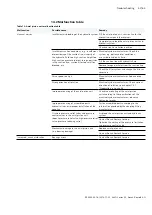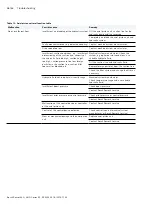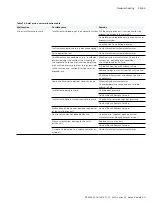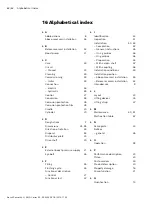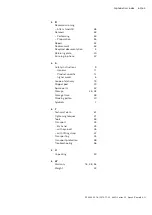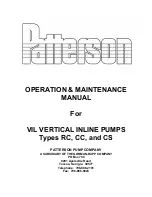
56/64 Troubleshooting
Bosch Rexroth AG, A4VG Series 35, RE 92035-01-B/2019-11-25
14 Troubleshooting
Table 13 is intended to support troubleshooting. This table is not exhaustive.
Issues may occur in practice that are not listed here.
Only authorized personnel may perform troubleshooting inside a safety area
designated by the machine manufacturer.
14.1 How to proceed for troubleshooting
▶
Perform troubleshooting if possible with reduced operating data
(e.g. slowly swinging in or out and slow pressure increase).
▶
Use a systematic and targeted approach, even when pressed for time. Random,
indiscriminate removal and changing of settings could make it impossible to
determine the original cause of the fault.
▶
First get a general idea of how your product works in conjunction with the entire
system.
▶
Try to find out whether or not the product was working properly in conjunction
with the entire system before the fault occurred.
▶
Try to determine any changes to the entire system in which the product is
installed:
– Have there been any changes to the application conditions or operating range of
the product?
– Has maintenance work recently been carried out? Is there an inspection or
maintenance log?
– Have any changes (e.g. upgrades) or repairs been made to the overall system
(machine/system, electrics, control) or to the product? If yes: What changes?
– Has the hydraulic fluid been changed?
– Has the product or machine been used as intended?
– How does the malfunction appear?
▶
Try to get a clear idea of the cause of the fault. Directly ask the (machine)
operator.
▶
Document the work carried out.
▶
If the fault cannot be corrected, please refer to one of the contract addresses at:
www.boschrexroth.com/addresses
.

